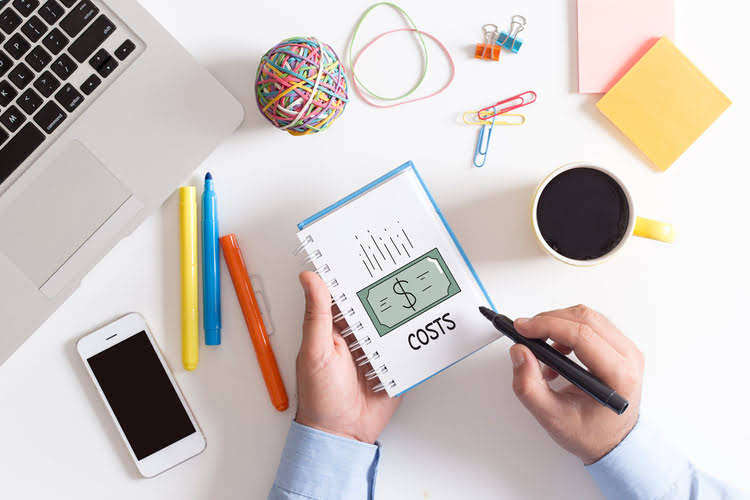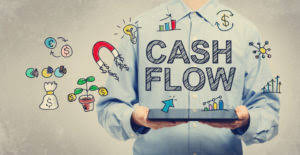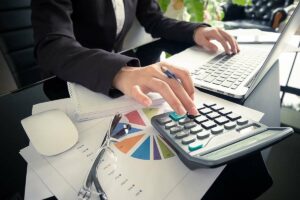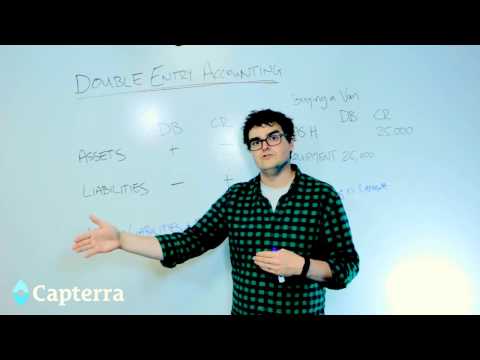It can be difficult to predict when certain products will become obsolete, but it is crucial to keep track of trends in the industry and be prepared for such a situation. This can render a product obsolete as newer products offer more features or better performance at a lower cost. Plus, visual inventory systems like Sortly allow you to see what you have on hand—an extra helpful tool when determining whether certain items are at risk of becoming obsolete.
Obsolete Inventory Definition, Causes & How to Avoid It
- If a competitor offers a higher quality or more affordable product, you can bet that most customers will stop purchasing from one company and turn to the more appealing option.
- If the product consistently underperforms, consider removing it from your inventory.
- The accumulation of obsolete inventory can also distort the inventory turnover ratio, a crucial indicator of the efficiency of operations and capital utilization.
But now, as the customer demand changes more frequently, the product life cycle became shorter at the same time. Customers’ higher expectations, poor stock management and many other factors cause inventory obsolescence. Obsolete inventory can have significant negative impacts on a business, including tying up capital, occupying storage space, and decreasing profitability. However, by understanding the causes of obsolete inventory and using effective management techniques, businesses can reduce the likelihood of accumulating obsolete inventory and mitigate its negative effects.
To learn more about how ShipBob can help you optimise your supply chain, click the button below to start the conversation. By performing regular audits, you can quickly remove inventory that is unsellable or unlikely to sell.
Obsolete inventory is an accounting loss with a financial impact on asset value. Liquidation and disposal is a loss-making activity where you’re selling the goods at almost a negligible price. And yes, while it’s better than writing the expense off, you can still try other marketing methods to sell the inventory to their rightful customers. Damaged goods is a type of dead stock and is sometimes considered obsolete if the product is unfixable and therefore, loses its value. Though there are several great inventory forecasting solutions on the market, you can always rely on a 3PL to provide the insights you need to better forecast demand without the extra cost. If items still have sales potential in a specific market, you could rethink your marketing strategy.
You can identify products with declining sales trends, which are at risk of becoming obsolete. By analyzing sales data over different timeframes (e.g., monthly, quarterly, annually), you can gain a deeper understanding of changing consumer preferences and identify potential obsolescence issues early on. The impact of obsolete inventory on inventory turnover and valuation is notable. While excess inventory may impact short-term cash flow, obsolete inventory ties up valuable resources and can lead to write-offs, negatively affecting profitability.
Putting items on sale
Not wasting money on obsolete inventory frees up cash the company can invest in other areas to help it succeed. A write-down is a standard accounting obsolete inventory journal entry used to record the value of the old stock. This write-down is typically done when a company has certain products that are no longer useful and will not be sold. When inventory levels are not monitored, stock can get lost and unaccounted for in the warehouse.
We translate complex financial concepts into clear, actionable strategies through a rigorous editorial process. Damaged or defective products are not only unsaleable but also create a negative perception of your brand. Consider repair options, discounts for minor flaws, or proper disposal methods to prevent them from taking up valuable space. Obsolete inventories often occur when market trends change, technological change takes place, or consumer preference changes.
eCommerce Analytics Checklist: Data You Need to Be Tracking
A product life cycle takes into account the stages that a product goes through. While the demand is significantly high during the introduction and growth stages, it declines in the later stages. In the earlier stages, there are chances of a stockout, and in the later ones, there are chances for the inventory to become obsolete. New technologies and trends, and an increase in competition, can all cause a gradual or sudden change in demand which can lead to an increase in obsolete inventory. It happens over a period of time when the inventory first becomes slow-moving because of low demand. It then turns obsolete when a business deems the inventory to be no longer sellable or usable for the market.
Unlike running a sale on bundling inventory, liquidation will not aim to cover costs. A grocery store purchased cases and cases of champagne in November and Decemeber, obsolete inventory definition anticipating high demand for the bubbly drink throughout the holiday season. Besides obsolete inventory, a company can also optimise its inventory management in general through inventory turnover analysis. This refers to the frequency at which stock is sold and replaced in any given period. Several companies design return policies with vendors to allow them to return unsold inventory to avoid waste. Additional strategies include bundling slow-moving or obsolete products with fast-selling items in promotional offers, creating an incentive for quicker sales.
Safety Stock – Definition, Importance, Formulas & Implementation
Obsolete inventory refers to stock that is no longer sellable or usable due to factors such as outdated products, changes in market demand, or technological advancements, making it difficult to move or sell. However, it may not work for all industries, especially if you’re dealing with products that have limited shelf life. But for other products that are facing a lack of demand due to new technological models or innovation, you can still appeal to customers through rebranding and new packaging.
- Your supplier communication needs to be solid if you want to avoid stock shortage or surplus.
- Proper documentation, such as written acknowledgments from recipient organizations, is required to comply with tax laws.
- Learn how to identify, account for, and manage obsolete inventory, including its impact on financial statements and tax implications.
A lack of knowledge about the people and the place can lead to unsold products that can ultimately lead to loads of obsolete inventory. You can consider relying on a 3PL provider that provides such insights using advanced analytics. If the obsolete inventory is deemed to be unsellable, you can liquidate it through third-party channels like auction websites and inventory liquidation companies. There are many liquidators who are ready to buy leftover inventory at discounted prices and resell it.
Beach toys, Christmas decorations, and Halloween costumes are all examples of seasonal products that will eventually become obsolete. While small businesses could hold onto these items until the season rolls around again, doing so can be costly and limits cash flow. No matter the effort, preventing obsolete inventory altogether is nearly impossible. Forecasts can only be so accurate; some goods can go out of fashion abruptly; new regulations may suddenly render products unsellable. GAAP rules require businesses to set up a reserve account for obsolete inventory on their balance sheets.
This technique is crucial for accurately reflecting the true value of inventory on a company’s financial statements. By using the net realizable value method, businesses can avoid overstating the value of obsolete inventory, thereby ensuring more accurate financial reporting. Differentiating obsolete inventory from other inventory types is essential for effective inventory management. Unlike excess inventory, which represents a temporary surplus, obsolete inventory has no foreseeable demand and poses a significant risk to the business’s financial health. Accumulating obsolete inventory can occur for several reasons, from inaccurately forecasting demand to a lack of proper inventory management. As noted earlier, forecasting is key to striking the right balance with inventory.
They could also be sold at a discount, liquidated, donated, or written off as a loss. Alternatively, getting rid of obsolete inventory will reduce expenses, minimize losses, and improve company cash flow. Obsolete inventory takes up space in the warehouse and counts as an expense on the balance sheet. Ultimately, obsolete products can decrease profitability and the success of a company. Lenders may be less likely to offer business loans to companies with a high level of obsolete products.
Inventory that cannot be sold or used ties up capital and may adversely affect key financial metrics such as the inventory turnover ratio. Next to inadequate stock levels, inventory losing its value is a key concern among companies. Capable inventory management software is your best tool for increasing stock control and thus avoiding both issues. In this post, we look at obsolete inventory – how to prevent it and what to do when it happens. In addition to write-downs, companies may establish inventory reserves as a buffer for anticipated losses. These reserves allow businesses to gradually recognize expenses over time, based on historical data and market trends.










